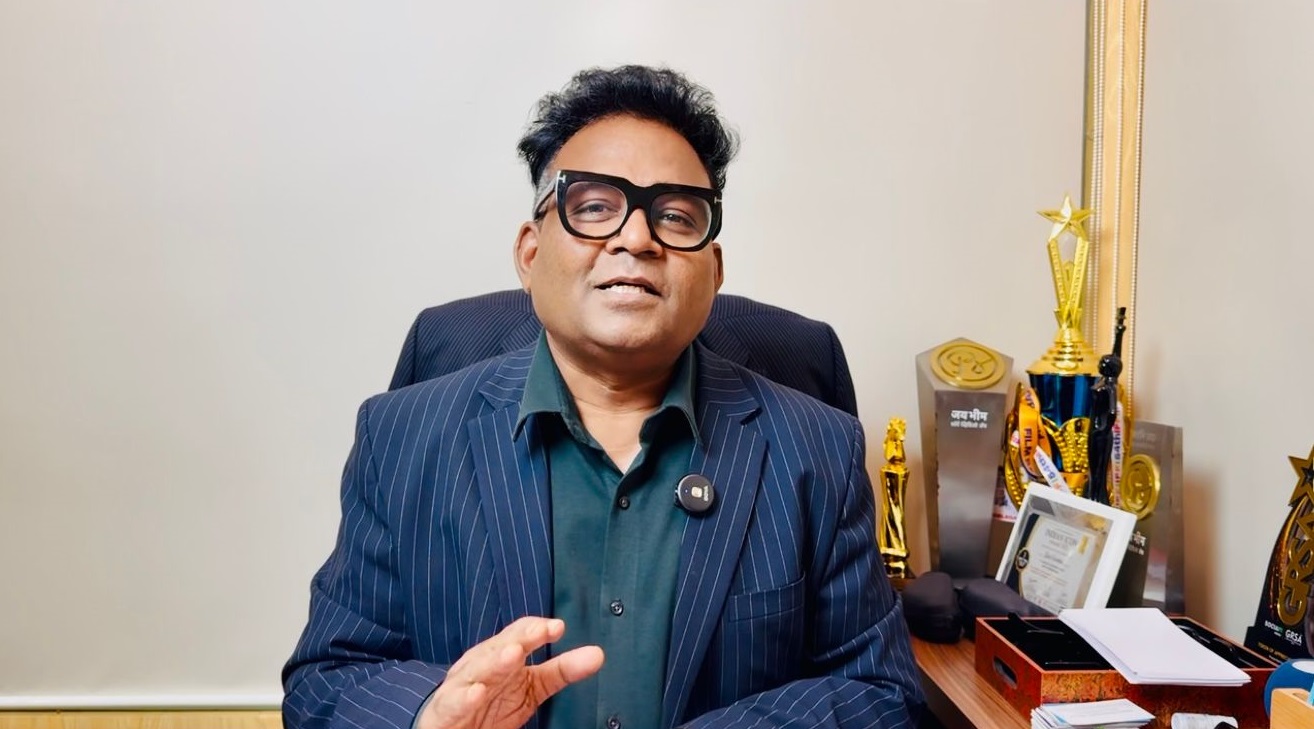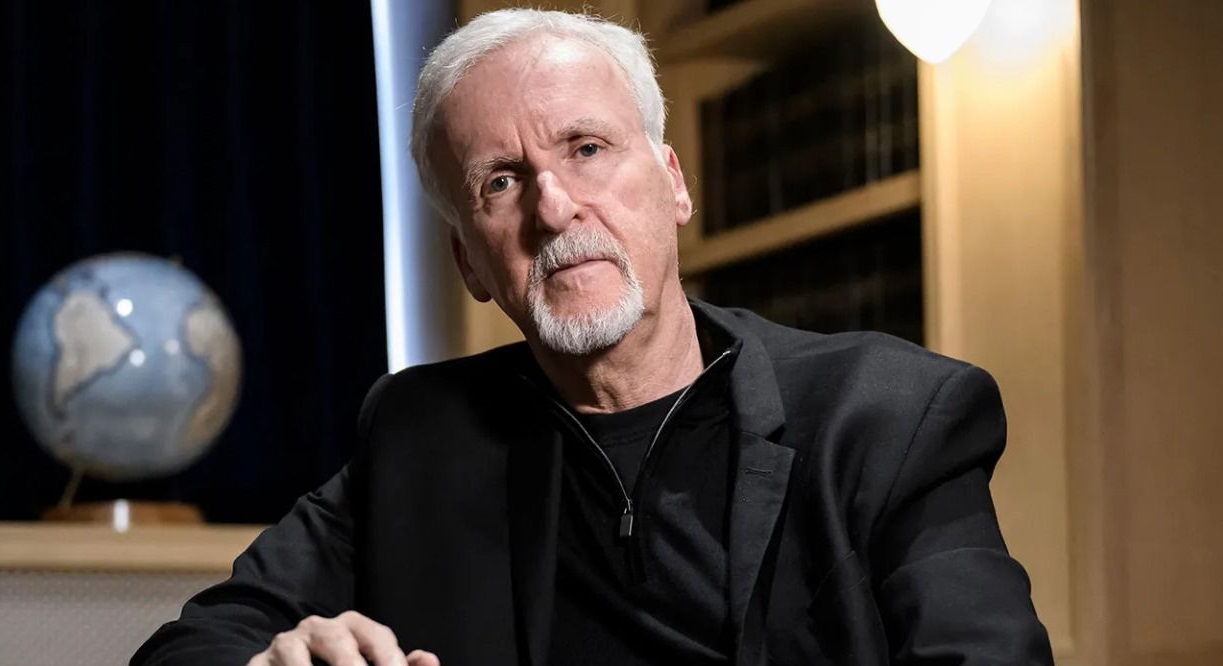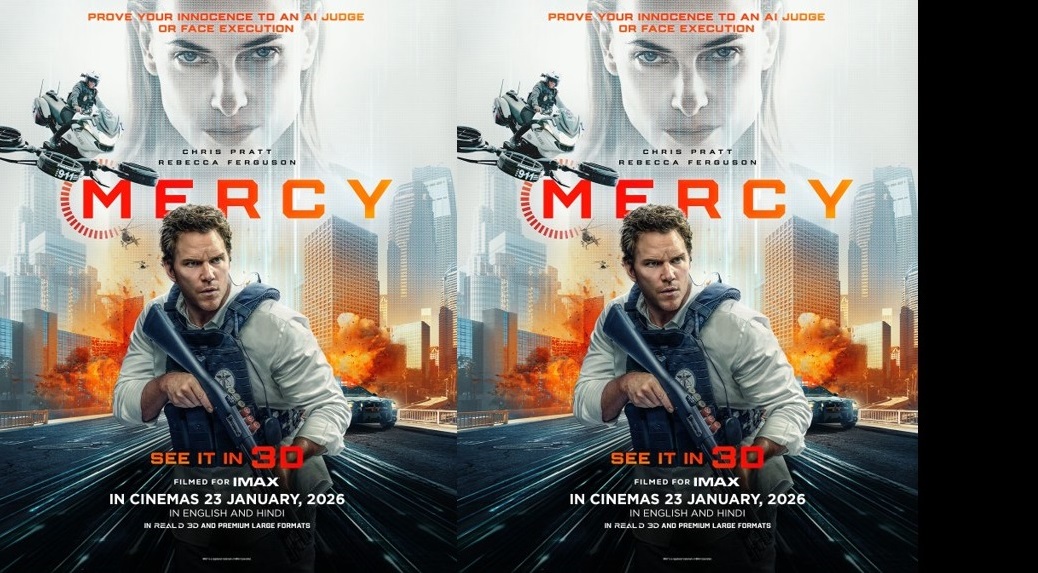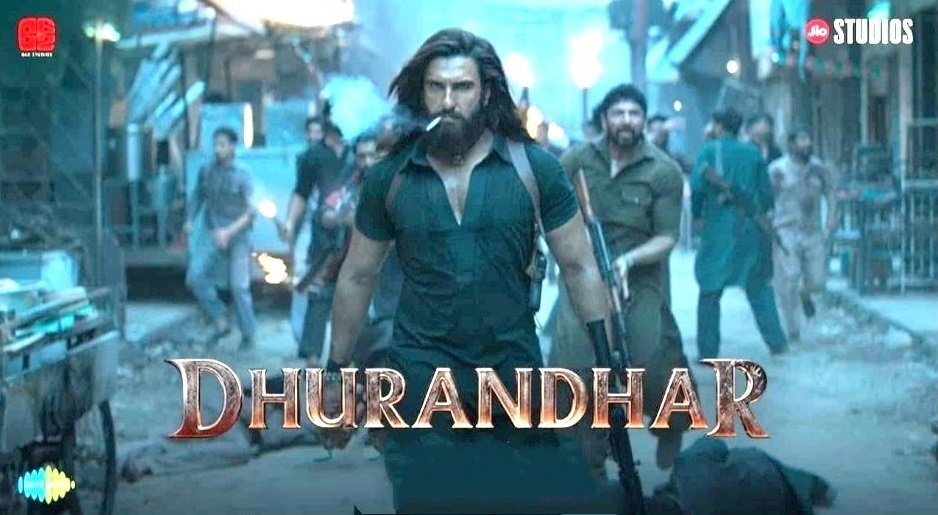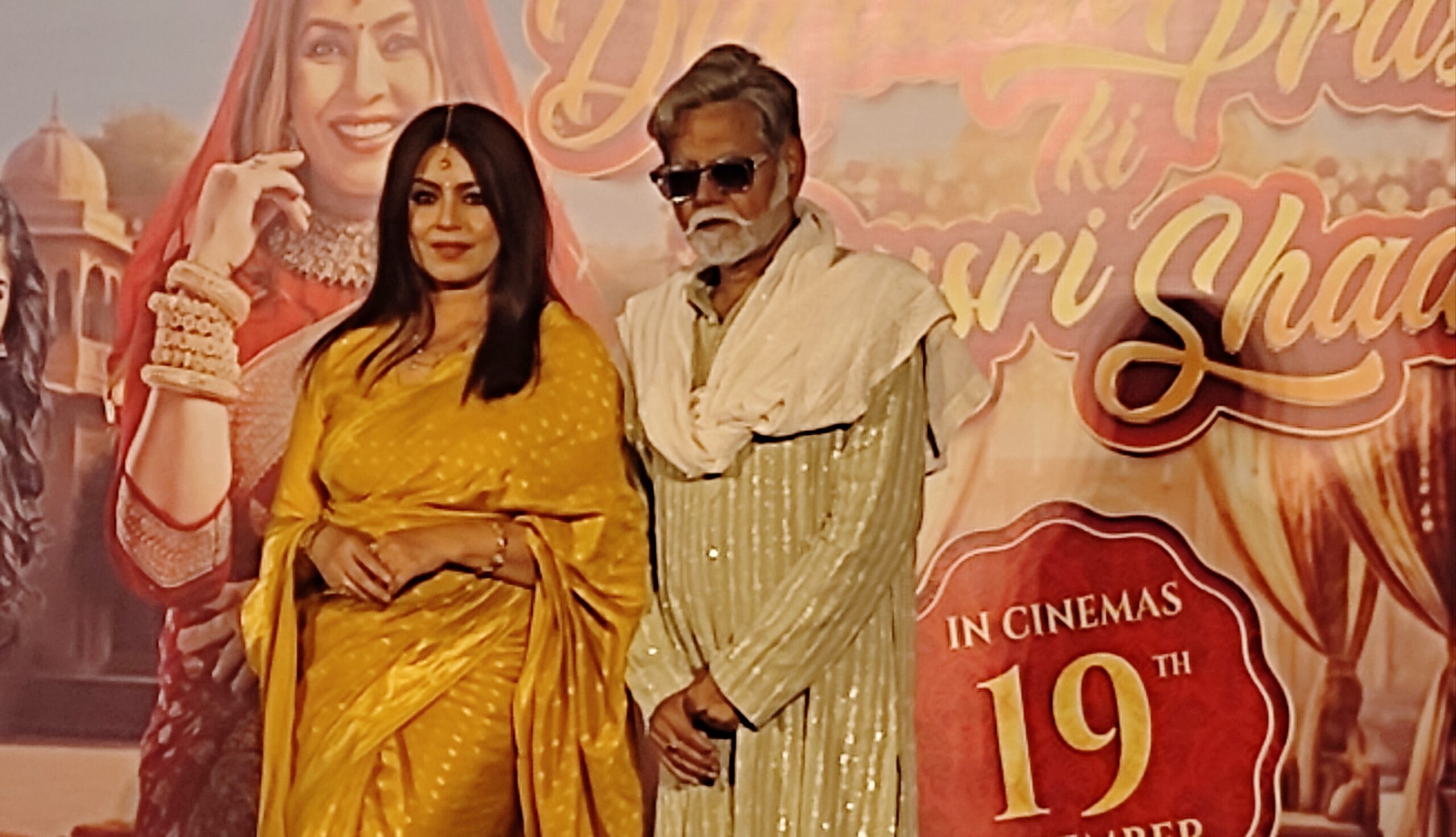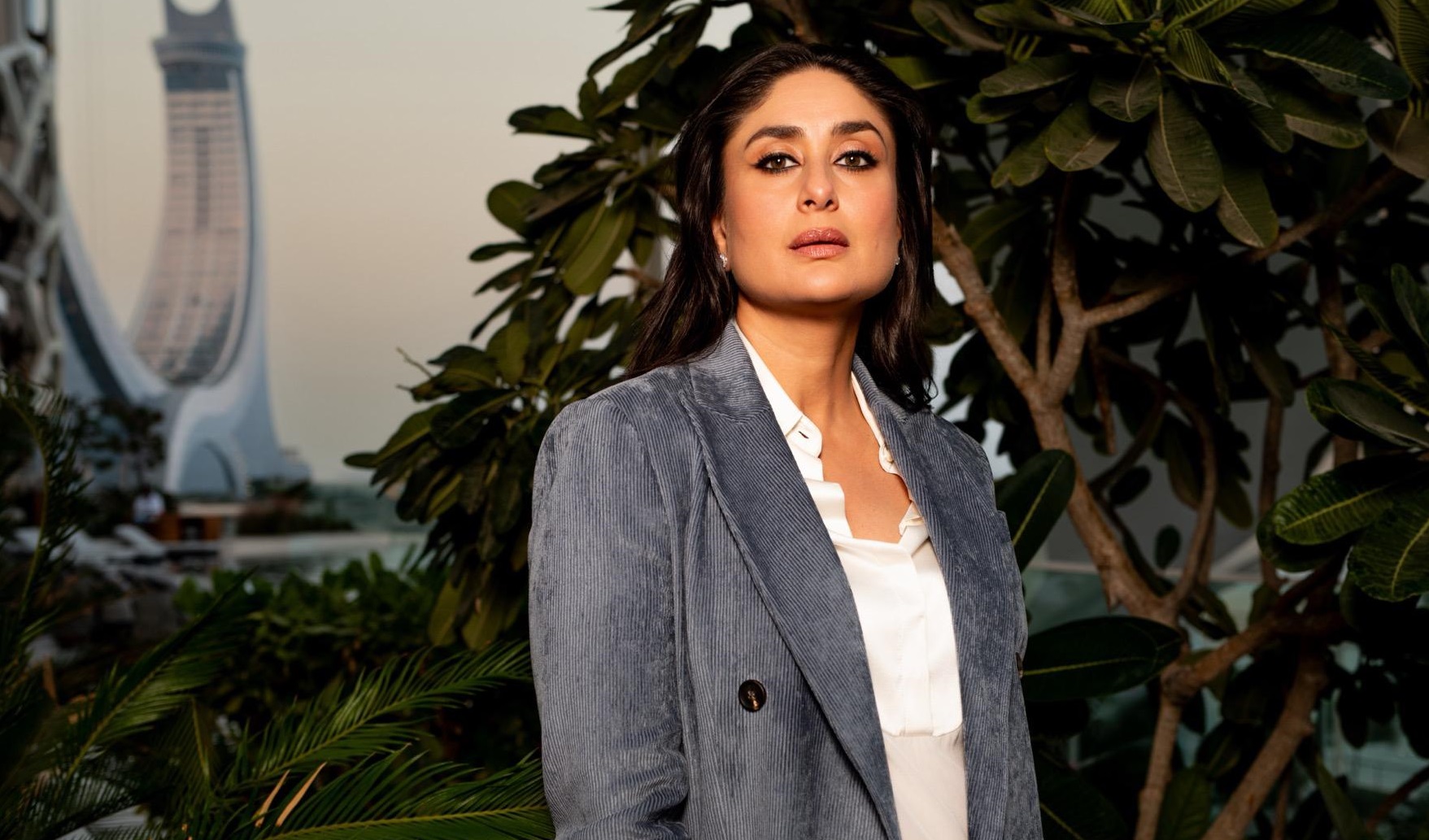Girish Wankhede | mumbai@bollywoodtown.in
Diwali, the festival of lights, has long transcended its religious roots in India to become a cultural phenomenon that intertwines family celebrations, shopping sprees, and cinematic spectacles. For the Indian film industry, particularly Bollywood and its regional counterparts, Diwali represents a golden opportunity—a prolonged holiday period when families flock to malls and multiplexes, eager for shared entertainment that captures the festive spirit. Over the past 25 years, Diwali releases have not only shaped box-office trends but have profoundly influenced the evolution of cinema itself, while becoming an integral part of the common man’s festive experience. These films, often larger-than-life masala entertainers packed with action, romance, songs, and star power, have turned Diwali into a high-stakes battleground for filmmakers. They have driven innovations in marketing, fostered franchise dependencies, and reflected shifting audience tastes, all while providing families with a reason to step out, spend, and bond over popcorn and silver-screen magic.
Yet, as we stand on the cusp of Diwali 2025, the lineup feels unusually subdued, lacking the blockbuster buzz of yesteryears, though the horizon brightens with promises like the 2026 release of Ramayana. This journey through a quarter-century of Diwali cinema reveals how these festive launches have moulded the industry and enriched everyday lives, even amid hits and misses.
The millennium dawned with a Diwali that set a high bar for what festive releases could achieve. In 2000, Yash Chopra’s Mohabbatein, starring Amitabh Bachchan, Shah Rukh Khan, and Aishwarya Rai, epitomized the ideal Diwali film: a glossy family drama brimming with romance, emotional depth, and unforgettable music. It became an immortal hit, drawing crowds who revelled in its celebratory vibe, while the darker Mission Kashmir, featuring Hrithik Roshan and Sanjay Dutt, offered a more serious alternative but settled for modest success. This contrast highlighted an early pattern—Diwali audiences crave spectacle and heart, films that align with the festival’s joyous mood. For the common man, such releases transformed Diwali into a cinematic ritual, where watching a big film became as essential as lighting diyas or bursting crackers. On the industry side, Mohabbatein’s triumph reinforced the value of star-driven, music-heavy productions, influencing filmmakers to prioritize emotional accessibility and broad appeal.
The early 2000s, however, served as a reminder that Diwali’s magic isn’t guaranteed. In 2001, films like Deewanapan’ with Arjun Rampal and Tera Mera Saath Rahe’ starring Ajay Devgn flopped disastrously, lacking the buzz or quality to captivate festive crowds. The following year echoed this disappointment with Jeena Sirf Tere Liye’ featuring Tusshar Kapoor, Annarth’ with Sunil Shetty, and Govinda-Raveena Tandon’s Waah! Tera Kya Kehna; all devoid of hype and commercial traction. By 2003, the slate was equally lacklustre, with Ssshhh’… starring Dino Morea, Karan Nath, and Tanishaa, alongside Pinjar’ featuring Manoj Bajpayee and Urmila Matondkar, both failing to generate excitement and bombing at the box office. These years taught the industry a harsh lesson: without strong marketing and star power, even Diwali’s extended holidays couldn’t salvage poorly conceived projects. For ordinary families, these flops meant fewer options for outings, underscoring how cinema’s fortunes directly impact the common man’s festive joy, when films underperform, the multiplexes feel emptier, and the holiday spirit dims slightly.
A resurgence came in 2004, when Veer-Zaara, another Yash Chopra masterpiece with Shah Rukh Khan, Preity Zinta, and Rani Mukerji, captivated audiences with its romantic grandeur and the late Madan Mohan’s timeless soundtracks. It became a superhit, proving that emotional cores and melodic scores could make Diwali releases enduring classics. Accompanying it were Aitraaz, featuring Akshay Kumar, Priyanka Chopra, and Kareena Kapoor, which did average business, and the disastrous Naach’ with Abhishek Bachchan. This mix propelled the industry toward more polished storytelling, while for the average viewer, films like Veer-Zaara created lasting memories, often revisited during family gatherings years later. The mid-2000s continued this rollercoaster: 2005 saw three releases—Garam Masala’ with Akshay Kumar and John Abraham managing average returns, while Kyon Ki’ starring Salman Khan and Kareena Kapoor, and Shaadi No. 1’ with Sanjay Dutt, crashed as disasters. In 2006, Shah Rukh Khan’s Don remake, co-starring Priyanka Chopra, clashed with Jaan-E-Mann featuring Salman Khan and Akshay Kumar; Don‘s slick direction, hit songs, and Khan’s charisma made it a superhit, affirming remakes as a viable Diwali strategy. The 2007 clash between Om Shanti Om, Shah Rukh Khan’s blockbuster ode to Bollywood, and Sanjay Leela Bhansali’s Saawariya’ with Ranbir Kapoor and Sonam Kapoor, saw the former triumph spectacularly, while the latter flopped. These battles over screen counts not only intensified industry rivalries but also heightened public anticipation, turning Diwali into a spectacle beyond the films themselves. For the common man, such clashes meant more choices and heated discussions, enriching the social fabric of the festival.
By 2008, Diwali showcased diversity’s potential: Rohit Shetty’s Golmaal Returns with Ajay Devgn and Kareena Kapoor delivered laugh-out-loud mass entertainment, while Madhur Bhandarkar’s Fashion starring Priyanka Chopra offered gritty drama—both succeeding despite their opposing tones. This success encouraged filmmakers to experiment beyond pure masala, broadening cinema’s appeal. The following year, 2009, reverted to inconsistency with high-profile flops like Akshay Kumar and Sanjay Dutt’s Blue, Salman Khan and Kareena Kapoor’s Main Aurr Mrs Khanna, and the average-performing All the Best with Ajay Devgn and Sanjay Dutt. In 2010, Golmaal 3, again with Ajay Devgn and Kareena Kapoor, became a big hit, solidifying franchises as Diwali staples, while Akshay Kumar and Aishwarya Rai’s Action Replayy’ flopped. The 2011 release Ra.One, Shah Rukh Khan’s ambitious sci-fi spectacle with Kareena Kapoor, drew crowds through hype and scale, even if it didn’t fully meet expectations. These years pushed the industry toward bigger budgets and visual effects, influencing global aspirations in Indian cinema, while for families, franchise familiarity provided reliable entertainment during holidays.
The 2010s intensified clashes and Star Wars. In 2012, Yash Raj’s Jab Tak Hai Jaan’ with Shah Rukh Khan, Katrina Kaif, and Anushka Sharma faced off against Son of Sardaar ‘starring Ajay Devgn, Sanjay Dutt, and Sonakshi Sinha; both earned mixed reviews but average hits, showing that divided screens could dilute potential. Hrithik Roshan’s Krrish 3 in 2013, with Priyanka Chopra, became a blockbuster, embodying Diwali’s love for superhero spectacles. Shah Rukh Khan’s Happy New Year in 2014, featuring Deepika Padukone, leveraged promotion and songs for superhit status. Salman Khan’s 2015 family saga Prem Ratan Dhan Payo, directed by Sooraj Barjatya, scored big on nostalgia and star charisma. The 2016 showdown between Karan Johar’s romantic Ae Dil Hai Mushkil (Ranbir Kapoor, Aishwarya Rai, Anushka Sharma) and Ajay Devgn’s action-packed Shivaay’ ended with the former succeeding, proving emotional resonance often trumps raw action during festivals. In 2017, Rohit Shetty’s Golmaal Again with Ajay Devgn, Parineeti Chopra, and Tabu became a blockbuster, while Aamir Khan’s Secret Superstar did well via word-of-mouth. These successes cemented franchises and star vehicles as industry mainstays, driving economic booms in merchandising and tie-ins, while for the common man, they fostered a sense of communal celebration, with films sparking post-Diwali conversations and repeat viewings.
The late 2010s and early 2020s brought risks and recoveries. Thugs of Hindostan’ in 2018, Yash Raj’s mega-production with Amitabh Bachchan, Aamir Khan, and Katrina Kaif, flopped disastrously despite its dream cast, warning against scale without substance. Akshay Kumar’s Housefull 4’ in 2019, with Bobby Deol and Riteish Deshmukh, succeeded as escapist fun. The 2020 pandemic halted major releases, creating a void that amplified the 2021 comeback of Rohit Shetty’s Sooryavanshi, starring Akshay Kumar, Katrina Kaif, and Ranveer Singh, which became a hit amid pent-up theatre demand. However, 2022’s Ram Setu’ with Akshay Kumar and Jacqueline Fernandez, and’ Thank God ‘featuring Ajay Devgn and Sidharth Malhotra, both flopped despite varying promotion. Salman Khan’s Tiger 3 in 2023, with Katrina Kaif and Emraan Hashmi, generated massive buzz and solid earnings, even if not a runaway blockbuster. The 2024 clash of Bhool Bhulaiyaa 3 with Kartik Aaryan and Singham Again starring Ajay Devgn drew crowds, with the former emerging as a massive hit despite mixed reactions for the latter.
This rich tapestry draws from earlier immortals like Dilwale Dulhania Le Jayenge (1995), Raja Hindustani (1996), Dil To Pagal Hai (1997), Kuch Kuch Hota Hai (1998), Hum Saath-Saath Hain (1999), and Baazigar (1993), which set the template for Diwali’s emotional, musical spectacles. Over 25 years, these releases have revolutionized cinema by emphasizing marketing, franchises, and pan-Indian appeal, including rising Tamil influences. For the common man, they’ve elevated Diwali to a cinematic pilgrimage, boosting local economies through outings and creating shared cultural milestones.
Yet, Diwali 2025 feels dull by comparison. The lineup includes Tamil successes like the romantic-action Dude’ directed by Keerthiswaran and starring Pradeep Ranganathan and Mamitha Baiju, and another sports drama Bison Kaalamaadan’ helmed by veteran Mari Selvaraj, released on October 17. In Hindi, there’s Ayushmann Khurrana’s horror-comedy Thamma’ in the Maddock;s Horror Comedy Universe in the league of Stree, Munjya and Bhediya. It is directed by Aditya Sarpotdar and feature Rashmika Mandanna, Nawazuddin Siddiqui and Paresh Rawal along with Ayushman.The Other release is Ek Deewane Ki Deewaniyat’ with Harshvardhan Rane and Sonam Bajwa, directed by Mela Zaveri. While these carry some excitement, they lack the blockbuster buzz of past years, reminiscent of the lacklustre releases in 2002 or 2003. Without a potential mega-hit, this year’s festivities might see fewer theater crowds, affecting the common man’s outing traditions.
Looking ahead, 2026 promises a revival with Ramayana, starring Ranbir Kapoor—a mythological epic, directed by Nitesh Tiwari, is poised to capture the festive essence with its grandeur and cultural resonance. This could reignite Diwali’s cinematic fireworks, drawing families back in droves.In retrospect, the journey of Diwali releases over 25 years illustrates cinema’s symbiotic relationship with society: films that resonate with festive moods become timeless, shaping industry strategies and enriching lives. Even in quieter years like 2025, the legacy endures, reminding us that Diwali’s true spark lies in the hope of the next big screen celebration.
Girish Wankhede heads Entity One ESPL, the Brand Management Agency and is a Renowned Trade Analyst and Marketing Expert who regularly writes his Columns in leading Publications in English, Hindi and Marathi.

